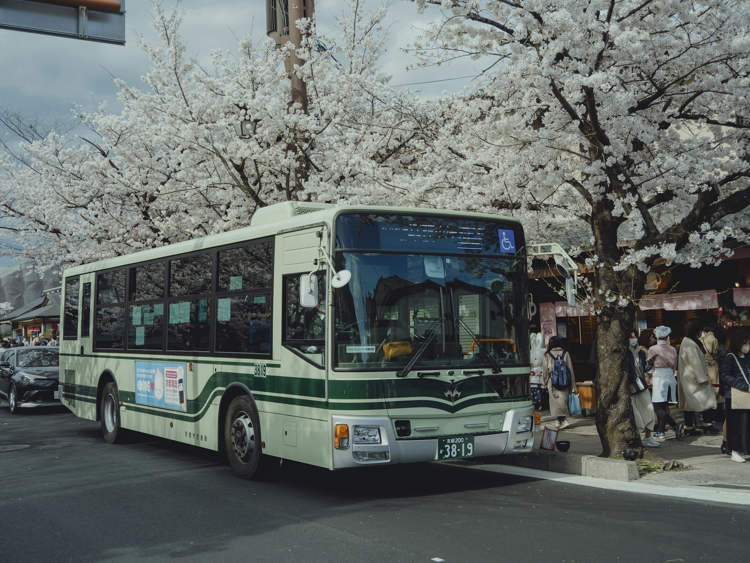The residents of Hiware Bazar, a remote village in the Ahmednagar district of the state of Maharashtra, India have managed to turn their fortune around in the span of just a few years – they’ve gone from being a drought-stricken populace in the mid-1990s to the richest village in the nation today. Their story is a truly inspiring one.
Hiware Bazar currently boasts of having the highest GDP among all the villages in India. Its 1,250-strong population enjoys an average income of INR 30,000 ($450) per month, also highest in the nation, up from a paltry INR 830 in 1995. 60 of the 235 families in the village are millionaires. Every year, their fields yield bountiful crops of millets, onions, and potatoes that make it hard to imagine that only a few years ago they were barren stretches of land that no one cared about.
Yet, up until the mid 90’s, Hiware Bazar was indeed a poverty-stricken village reeling in the aftermath of a severe drought in 1972. “The peace was shattered,” recalls Raosaheb Rauji Panwar, an 82-year-old villager. “People became irritable and restless as the struggle to stay alive became severe. Petty reasons were enough to trigger-off bitter quarrels, as there was so much despair and frustration. Villagers started consuming liquor and it added to our ruin.”
Photo: The Alternative
Frustrated with the situation, lots of villagers moved to nearby towns and cities in search of odd jobs as laborers, despite owning several acres of land back home. About 90 percent of the population moved out, and those remaining had no prospects. The village sarpanch (leader) at the time was just an elderly figurehead with no vision and the youth of the village soon realized they lacked a strong leader to look to for guidance and support.
So they got together in 1989 and decided to approach a young man named Popatrao Pawar, the only villager with a graduate degree. Pawar was all set to leave the village too, in search of a white-collar job, but the villagers had different plans for him – they requested he run in the local elections and become their next sarpanch. Pawar wasn’t interested at first, but the villagers’ persistence finally wore him down. When he was unanimously elected sarpanch, he decided that the time had come for Hiware Bazar to shine.
Photo: Appurva Shah/Tehelka
One of the first things Pawar did as sarpanch was to convince the villagers to close down about 22 liquor shops. Giving up one of the only things that brought them comfort, or at least an illusion of it, was not easy, but they eventually agreed.
The new leader then arranged for loans to poor farmers from the Bank of Maharashtra, and used some of the funds to start projects that would eventually improve the water supply in the region. Pawar started rainwater harvesting and water conservations schemes, and got the villagers to build 52 earthen bunds, 32 stone bunds, two percolation tanks and nine check dams.
Photo: Hiware Bazar
“Water management requires strong community participation,” Pawar explained. “Our village used to suffer from a lot of problems. Villagers realised how the scarcity of water was the source of all our problems. I told them that it is possible to get enough water for our needs, but only if we start saving all the rainwater we get.”
The projects worked. Although Hiware Bazar only received 15 inches of annual rainfall, the ponds and trenches they built saved every single drop water, preventing it from flowing out of the village. After just one monsoon, the irrigation area increased from 50 acres to 170 hectares. As the groundwater level began to rise, so did the villagers’ morale.
Photo: YouTube caption
With the water shortage resolved, many people who had left the village began to return. The number of families slowly went up from 90 to 235. The people were happier, collaborated more often, and solved problems together. Pawar set up systems so that two to three families could help each other on their farms, fostering a sense of community and avoiding the cost of hiring laborers. Today, they are able to harvest multiple crops, even taming and ploughing stubborn, rocky land for farming.
“I left for Mumbai in 1965 and worked there for 35 years,” said Yadav Dada Thange, a local farmer. “I heard about how the people in my village were successfully fighting drought by recharging rainwater. I decided to quit my job and come back to my village, Hiware Bazar. The empty wells I had left, now had plenty of water for my crops. Because of collective community participation, what has happened in my village is nothing short of a miracle.”
Photo: The Song of Life
“In 2010, the village got 190 mm of rain, but we managed well because of water management,” said Habib Sayyed, who deals with water planning in the village. Thanks to these water conservation techniques, Hiware Bazar had another great harvest that year, and even had water to spare for a special patch of land where they preserve 100 different species of plants.
Hiware Bazar is now a model village, with a growing sense of discipline and order. The roads are clean and well-planned, cement houses have long replaced the derelict huts of old, liquor and tobacco have been banned, as have open defecation and urination. Every single house has a toilet, a fact that cannot be said about most villages in India, and people are genuinely happy and proud of their achievements.
Sources: Tehelka, The Watchers











